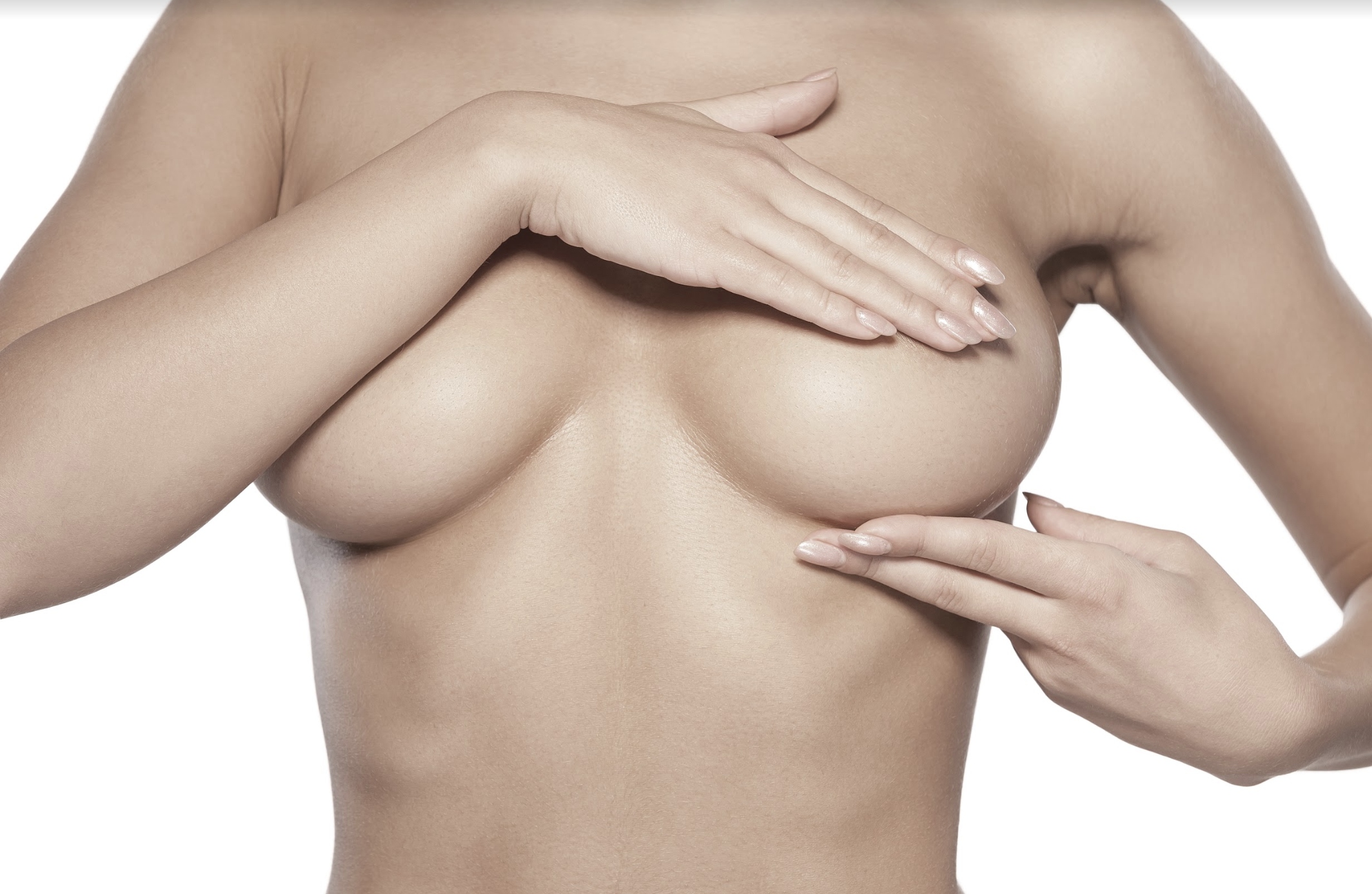EVERYTHING YOU NEED TO KNOW ABOUT BREAST ENLARGEMENT
WRITTEN BY FULVIO URSO-BAIARDA CO-FOUNDER AND PLASTIC SURGEON AT ETERNO 360, ETON, BERKSHIRE
Breast enhancements and reductions are no longer just for celebrities or the super-rich, they’re now increasingly accessible, done both on the NHS and privately. Surgeons have been responsive to the changing demands of patients and innovations in surgical techniques mean plastic surgery is now more natural-looking than ever before. Women who would previously baulk at the thought of ‘looking done’ are now turning to plastic surgery that makes them look and feel great without it being obvious they’ve had work done.
Are they safe?
Every procedure has its risks, but based on 50 years of experience since the first use of breast implants, breast augmentation is a safe and reliable procedure overall. The PIP scandal in 2012 – where implants made from unauthorised silicone filler were revealed to have double the rupture rate of other implants, affecting 47,000 women in the UK – undoubtedly took its toll on the industry, but it’s important we remember this was the result of an isolated criminal act on the part of one manufacturer, not something that translates to breast augmentation as a whole. Similarly, BIA-ALCL, a type of cancer caused by breast implants is extremely rare but also treatable. It affects around one in 300,000 people with breast implants.It also goes without saying that a procedure is only safe if done by a qualified and experienced surgeon.
What type of implants are on offer?
Implants come in different profiles (i.e. heights) and in round or teardrop shapes, and can be smooth or textured. While many women may think they know what they want, a full consultation – including a 3D scan of the body to simulate what she would look like with a chosen implant and size – is crucial to guarantee the final result is as natural as possible.
The most popular breast enhancement is a submuscular procedure – this is when the implant is inserted beneath the breast muscle – with a teardrop-shaped implant, which slopes more gently at the top.
And what about cup size – is this a personal decision?
Yes, absolutely. Most women have a pretty good idea of the breast size they think they’d like to be, and surgeons shouldn’t recommend a particular size, except to advise against going outside the range of what’s possible for a particular woman’s body.
Are there any alternatives to implants?
There are alternatives – fat grafting is becoming increasingly popular. Fat transfer is essentially a two-in-one procedure, beginning with the removal of fat from other areas of the body such as the thighs, buttocks or abdomen via minimally-invasive liposuction and then re-using the same, purified fat to enhance and reshape the breasts. I have adapted my own method of this procedure called the Vegan Boob Job.
A combination of fat grafting alongside the insertion of regular implants – known as a Composite Breast Augmentation – is a procedure that’s likely to become one of the most popular forms of breast enhancement. It can be used to soften the appearance of implants as well as to avoid an excessively wide cleavage, which is often the giveaway of an enlargement.
So, what exactly happens during surgery?
During the procedure, the implants are inserted through a small incision, normally made along the natural crease of your breast. The procedure usually takes around an hour to perform and the length of time you’ll need to remain in hospital will depend on your individual case, but is rarely more than 24 hours.
What about recovery?
Generally, patients only need simple painkillers for the first few days after surgery. You should book a week off work in case you need it, but most patients say they feel like a fraud by the third or fourth day! If your job is office-based, it is often possible to return to work within a few days. However, picking up small children and driving should be avoided for the first fortnight and be wary of any sexual activity for at least the first week.
Moreover, strenuous activities such as running, horse-riding and heavy gym work should be avoided for up to six weeks. Saving your energy to heal the body post-surgery is the most sensible way to reduce the risk of complications.
How long do implants last?
Breast implants should be checked by a surgeon around ten years after surgery. Whilst implants are not designed to last indefinitely, if you are not experiencing problems then there is no need to check or replace them. However, if you have your implants inserted at a younger age, then they will likely need replacing at some point.
Is it true you can lose sensation in your nipples?
Although this is a recognised complication, it’s rare and more likely when a procedure is carried out with very large implants. Numbness does happen from time to time but usually recovers within a few months.
Finally, can you still breastfeed?
Breastfeeding with implants is both safe and viable. However, as for appearance, pregnancy does change the breasts whether you have had implants or not and can leave the breasts looking saggy. A large proportion of women will seek surgery to restore their breast appearance after having children.

